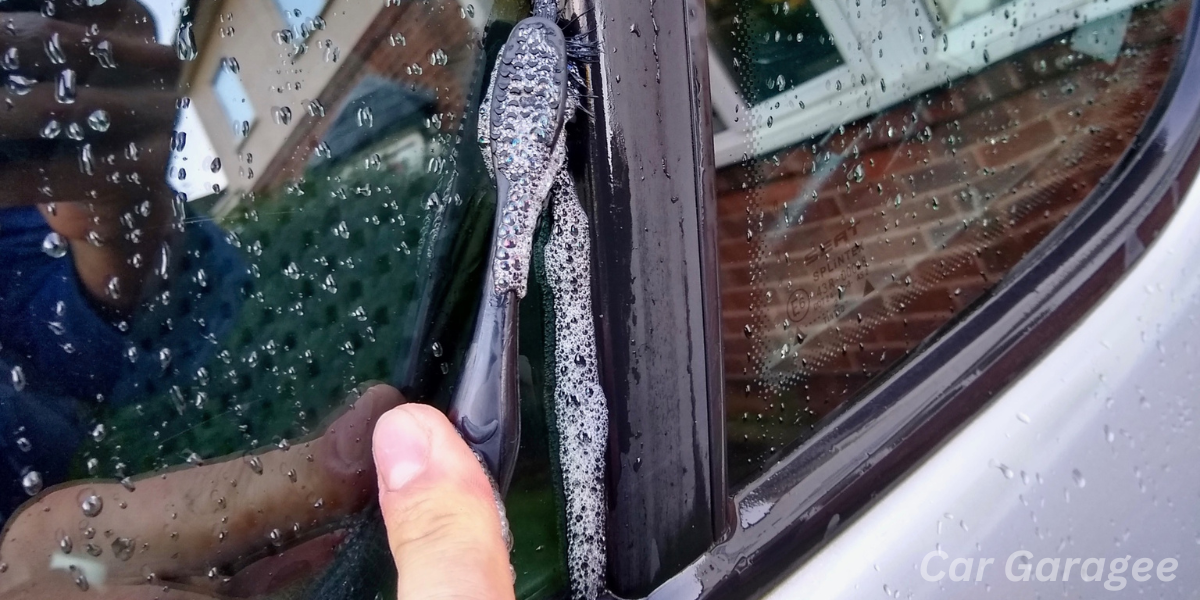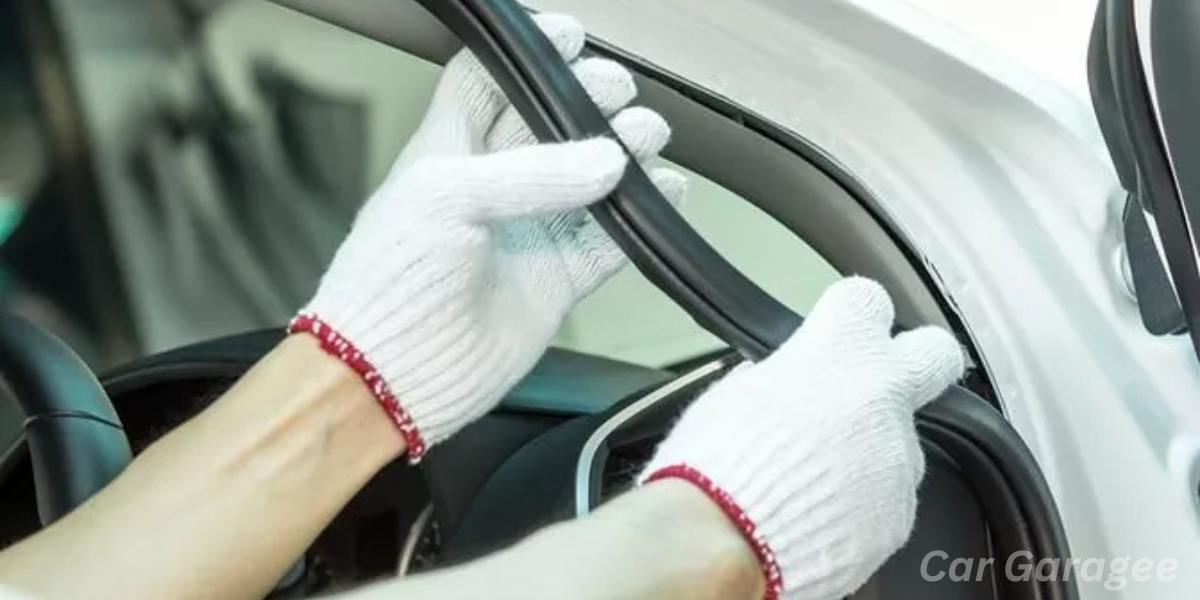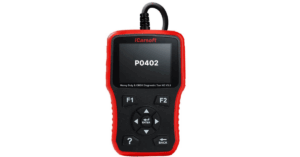If your car window squeaks or rattle when you roll down or roll up, it may seem like a minor hassle, but it can lead to bigger problems if left unchecked. In this article, we’ll discuss how finicky windows can protest and become frustrating over time. The issue might be with the rubber, weather stripping, or even the regulator, but sometimes a simple procedure like lubricating with basic tools can solve it. Auto glass repair specialists often suggest addressing the problem quickly to avoid more significant issues.
A faulty part, like a seal or track, can cause common noisy sounds, especially during extreme weather conditions. The side window may seem to whine or drag, making your ride less comfortable. Fixing it early with a local specialist can save time and frustration. Whether it’s a quickly fixed problem or one requiring more attention, knowing the procedure to stop the squeaky window car will save you from a frustrating and noisy ride.
How Car Windows Work
The way car windows work is surprisingly simple but involves several parts. When you press the button to roll down or roll up the window, an electric motor starts winding inside the car door. This motor pulls the window along the regulator rail, guiding it smoothly up and down. The linkages and mechanisms inside the door panel help maintain the correct motion, while rubber and weather stripping around the window’s edges keep out rain and debris.
Over time, these parts can become worn, leading to window squeaks or difficulty moving the window. To fix this, cleaning and lubricating the base, seals, and inner workings, including the wires, will usually restore smooth operation. Checking the door lock, handle, and control mechanisms also ensures everything stays in good shape.
Why Does My Window Squeak When I Roll It Down?
One of the most common reasons window squeak when rolling down is that the parts responsible for the smooth movement may wear out. When you notice your window squeaks when going up or down, it’s usually because a handful of key components like the motor assembly, linkages, or track aren’t functioning well. The squeak can often be traced to rubber or weather stripping that is worn out or seals that no longer keep out moisture and debris.
Worn Out Seals and Tracks
As time goes on, worn seal materials, window tracks, and door frame components can dry out, leading to squeaking sounds. Weather stripping dries and cracks, causing a squeaky noise as the window rubs against the track or frame. This lack of lubrication is one of the main causes of squeaking noises and can even lead to more significant problems like water leaks or further damage to the car window components.
Friction and Accumulated Dirt
Friction is another major reason your window squeak when rolling down. Dirt and debris can accumulate inside the window tracks, causing friction when the window is operated. This results in a high-pitched noise or squeaking sound that becomes progressively worse over time. The solution often involves cleaning the track thoroughly and applying smooth lubrication to prevent further wear.
Malfunctioning Window Mechanism
A malfunctioning window mechanism can also be the root cause. The mechanical components inside the door panel may become misaligned or damaged, causing noisy or rough movement. Squeaking, grinding, or scraping sounds may indicate the window assembly is failing, and sometimes only a professional diagnosis at an auto glass repair shop can identify the full extent of the problem.
Absence of Lubrication and Material Wear
Another common reason window squeak is simply the absence of lubrication. The moving parts inside the window mechanism—like the motor assembly, linkages, and seals—need to be properly lubricated to function smoothly. Without adequate lubrication, these parts generate friction as they move, leading to component wear and squeaking noises that can worsen if not addressed.
Weather Conditions and Alignment Issues
Weather conditions, such as extreme temperature and humidity swings, can contribute to squeaking noises as well. Over time, dry seals and stiff seals may occur due to weather exposure, which creates a scratch or squeaking noise when the window moves. Additionally, misaligned windows can lead to unequal pressure and cause improper alignment in the frame, making the window prone to squeaking when in motion.
Read More>>Surprising Meanings of Nissan’s SR, SV, SL & DS
How to Fix a Squeaking Car Window: A Step-by-Step Guide
Step 1: Gather Tools and Materials
To fix your squeaky windows, you first need to gather the essential tools and materials. You’ll require a window cleaner, a silicone-based lubricant, a screwdriver, wrench, rag, and paper towels. These will help you get started in the fixing process. You may also need a small brush to remove any dirt or debris stuck in the car window track. Having these items ready ensures you won’t waste time when working on your squeaky automobile.
Step 2: Clean the Window Seals and Track
Begin by using the window cleaner to thoroughly clean the window seals and track. Use paper towels and a small brush to get into hard-to-reach areas, particularly around the frame. Make sure to remove any grime or debris that might be causing the window squeak. Don’t forget to wipe the exterior of the window, especially near the top-left corner and along the vertical frame. Keeping everything clean is key to reducing friction and preventing further issues.
Step 3: Apply Lubricant to the Window
Once the area is clean, you can start applying the silicone-based lubricant. Spray the lubricant along the window seal, starting from the top-left corner and working your way down. Make sure the lubricant is evenly dispersed across the frame and reaches the bottom corner. This will help eliminate squeaking when you roll the window up and down. After applying the lubricant, wait a few minutes to allow it to settle.
Step 4: Test the Window
After applying the lubricant, test the window by rolling it up and down multiple times. This will help ensure the lubricant has spread throughout the window mechanism and track. If the squeaking persists, check for any excess lubricant and wipe it off with a rag. Check for signs of worn weather strips or seals that might need replacing. This simple process should give your car window a squeak-proof and smooth operation.
Step 5: Inspect for Deeper Issues
If the window squeaks haven’t completely stopped, inspect the mechanism and window regulator for signs of rust or corrosion. These could be causing the squeaking to persist. You may need to add some grease to the runners where the window sits. If the weather strips are worn or broken, they will need to be replaced to prevent further friction and ensure long-lasting silence during your drives, especially on hot days.
Step 6: Replace Weather stripping
If the squeaking continues after cleaning and lubricating, it might be time to replace the weather stripping. Start by applying new weather stripping using adhesive to secure it in the central groove. Ensure it’s in the correct position, then push it down until it’s fully seated. This will help seal the window properly. A proper installation will avoid the hassle of revisiting the issue in a few months with the next window.
Step 7: Apply Lubricant Properly
For windows that are still squeaking, use a sprayable can with a directional nozzle and an attached straw to get into tight spots. With the window fully rolled up, spray along the base and on either side of the window. Make sure the window is well lubricated by applying a generous amount of lubricant. Loosen the mechanisms by rolling the window up and down 10 times to spread the lubricant. This layer of lubrication will help address any squeak-producing friction between components.
Step 8: Inspect the Inner Workings
If a more extreme DIY solution is needed, you may need to inspect the inner workings of the door. Use a flathead screwdriver to pry off the door panel and remove clips, fasteners, and trim pieces carefully. This allows you to access the plastic and metal bodywork of the car. Be mindful of electrical wires, and avoid tearing the plastic sheet that keeps the door’s interior moisture-free. Once removed, check the rods, linkage, and hinges for signs of damage.
Step 9: Reassemble the Door and Test
After addressing the inner mechanisms, it’s time to reassemble the door. Reapply the plastic sheet, ensuring all plastic clips and fasteners are in place. Reattach the wiring, ensuring everything is securely plugged in. Once tightened, cross your fingers, turn on the car, and test the window to check for any lingering squeak. If the noise persists, you might need to redo steps or consult a professional to diagnose the root cause.
Is a Squeaky Car Window Dangerous?
A squeaky car window may seem like a minor annoyance, but it can lead to serious issues if ignored. When the window gets stuck or the motor struggles, it puts added stress on the system, causing the motor to potentially burn out or even prematurely die. The window squeak could be a hint of a faulty window mechanism, which can result in the window slowing down during travel or even sliding down on its own. Such a malfunction poses safety risks for your family, especially if it leads to an inoperable window, limiting your emergency exit options or quick escape in case of an accident.
A malfunctioning mechanism also raises security concerns. A window that doesn’t close properly can make your vehicle an easy target for theft by compromising its security. Moreover, weather vulnerability becomes a problem, as it can expose your vehicle’s interior to rain, snow, and extreme temperatures, leading to damage and reduced driving comfort. To prevent these problems, it’s best to fix the issue early or seek car glass replacement services to ensure the window’s proper function and avoid further complications.
FAQS
How to stop windows from squeaking when rolling down?
To fix squeaking car windows, start by thoroughly cleaning the tracks. Roll the window down completely so you can easily reach the tracks. Then, spray a car window lubricant along the frame, focusing on the rubber window seal near the top-left corner. Don’t forget to flip to the other side of the window and repeat the process. After applying, clean any excess lubricant and check your work by rolling the window up and down to ensure the squeak is gone.
What is the best lubricant for squeaky car windows?
To fix a noisy or sluggish side window, it’s important to purchase a quality silicone-based lubricant. This type of spray works best because it doesn’t attract dirt or grime like petroleum-based lubricants, which can gum up over time and cause the problem to reoccur. For more durable results, you can also try dry moly lubricant, which provides smooth operation without collecting debris.
How do you fix a squeaky window?
To fix window squeak, start by opening it fully to examine the window wheels and see if they need to be replaced. Next, clean the window tracks thoroughly and apply a commercial lubricant to reduce friction. Also, make sure to tighten any loose door hinges and check if the hinge pin requires attention. If needed, repair or lubricate the hinge pin to ensure smooth operation. This simple process will help get rid of the squeak.
Why does my window make noise when I put it down?
A common cause of noise when lowering a window is the natural expansion and contraction of materials due to changing temperatures and humidity levels. As outdoor temperatures fluctuate daily and seasonally, the wood components in the windows may expand and contract in response. Similarly, variations in interior humidity levels can also impact the wood, leading to these popping sounds or squeaks.
How do you get rid of car window noise?
To stop wind noise in your car, check the rubber seals around the doors and windows. If these seals are damaged, it’s essential to replace them with new ones. Even a small gap in the seals can cause significant noise while driving. By ensuring that all seals are intact, you can soundproof your car and improve your overall comfort level during your ride.
Can I use WD-40 on a squeaky car window?
Yes, using WD-40 is an economic, efficient, and reliable way of restoring the smooth functioning of your power windows. Instead of going through tedious household fixes or seeking professional help, applying WD-40 gets the work done in just a few minutes. It’s a simple solution that can quickly eliminate the window squeak and keep your windows moving smoothly.

Mian Hashir is a passionate automotive enthusiast and the lead author at Car Garagee, a website dedicated to providing in-depth car reviews, maintenance tips, and the latest news in the automotive world. With years of experience in the industry, Hashir combines his technical knowledge with a love for cars to deliver insightful and engaging content. Whether you’re a car owner or a curious reader, Mian Hashir’s articles help readers make informed decisions, from choosing the right vehicle to understanding how to keep it in top condition.












